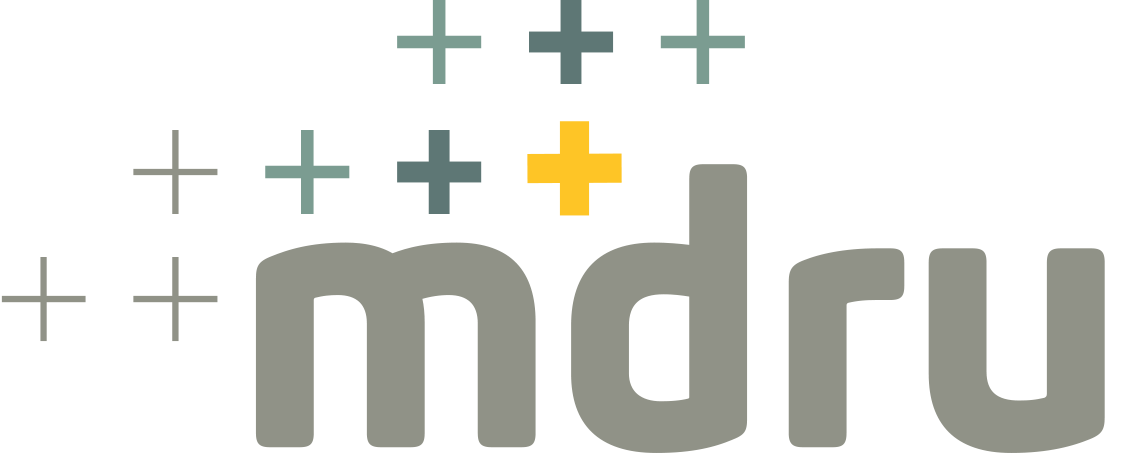Project Information
- Ore Deposit: Tailings
- Commodity: Diamond, Nickel, Platinum
- Research Themes: CO2 Mineral Sequestration
- Project Status: New Opportunity
Ultramafic mine waste has an inherent but untapped capacity to permanently trap the greenhouse gas carbon dioxide (CO2) thus affording environmental and regulatory benefits through greenhouse gas offsets or trading credits. This project is exploring how to accelerate direct capture of CO2 from the atmosphere and documenting how to incorporate carbon sequestration activities into mine operations from planning to comminution to tailings storage.
Current research activities under this theme have been spun off to CarbMinLab at https://carbmin.ca
Efficient carbon uptake results from the large reactive surface areas on rock grains generated by comminution, thus carbon fixation is directly attributable to mine operations. Carbon is fixed as new mineral precipitate growths, thus sequestering it from the atmosphere. These reactions happen spontaneously but are affected by the characteristics of the ore, the local climate, and the way that tailings are processed, transported, deposited, and stored. To achieve meaningful offsets of mine emissions, carbon fixation reactions must be accelerated. This project will build on more than a decade of research at MDRU to explore new methods for integrating carbon mineralization into mine operations, define protocols for verifying carbon fixation and assessing stability, and establish pilot field tests of proposed carbon mineralization processes.
The Opportunity
Many mines produce waste capable of storing CO2 for geologic timescales, but the diversity of ore types, climatic conditions, and mine infrastructure means that any single approach to accelerating mineralization may be of limited geographic application. We have identified several key areas across this spectrum where new research could accelerate direct capture of CO2 from the atmosphere, and accelerate mineralization from CO2-rich (10-100{4f68512a01b6c7d7b16fb2c0178fca0ea196e8717437457c5f4289110417847b}) gas streams at rates commensurate with mine greenhouse gas emissions. Incorporation of carbon sequestration activities into mine operations from planning to comminution to tailings storage, will generate economic, corporate, and societal advantages to mines and affiliated industries, including co-benefits such as tailings stabilization, dust mitigation, and toxic metal immobilization.
We have evaluated sites that include nickel sulphide deposits, kimberlite hosted diamond deposits and metal alloy nickel as well as many others, in environments such as the Australia outback to the Canadian arctic.
Current research activities under this theme have been spun off to CarbMinLab at https://carbmin.ca
Check out a video that describes carbon mineralization of mine tailings at https://www.youtube.com/watch?v=yxUG7Hh3kpU&t=5s
This project is also part of the Bradshaw Research Initiative for Mining and Metals (BRIMM).
updated 2020Dec11




